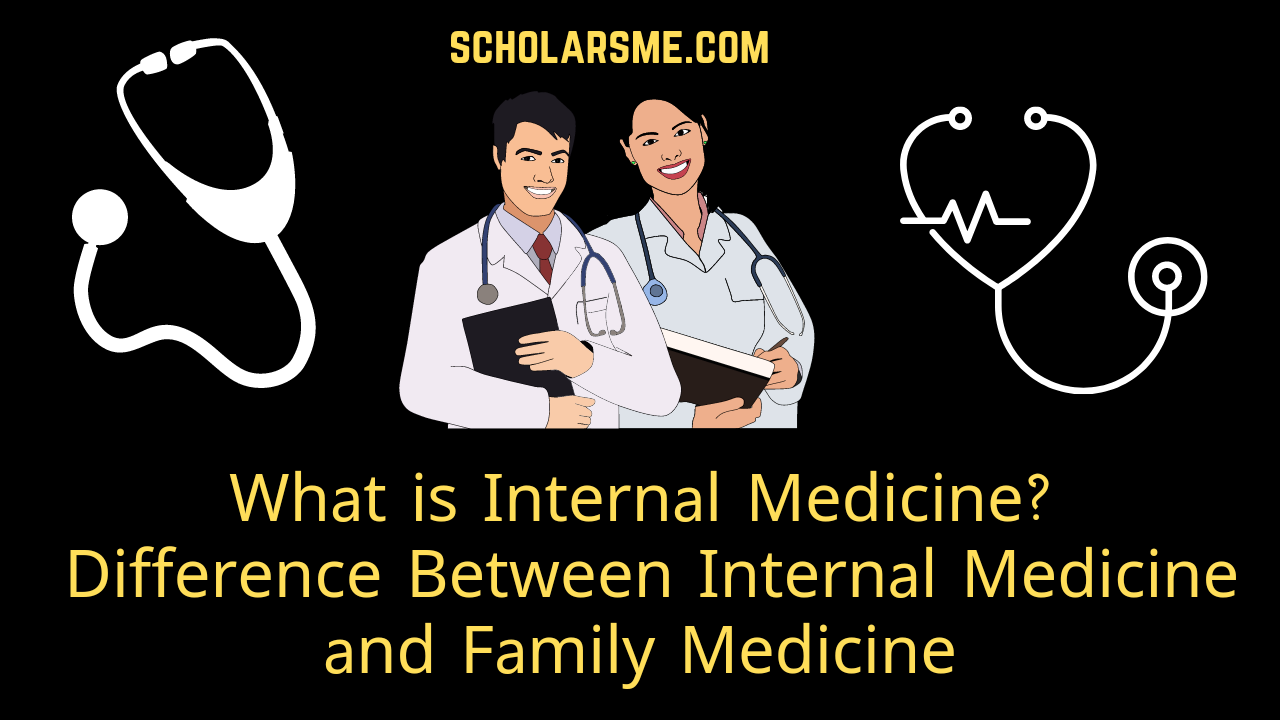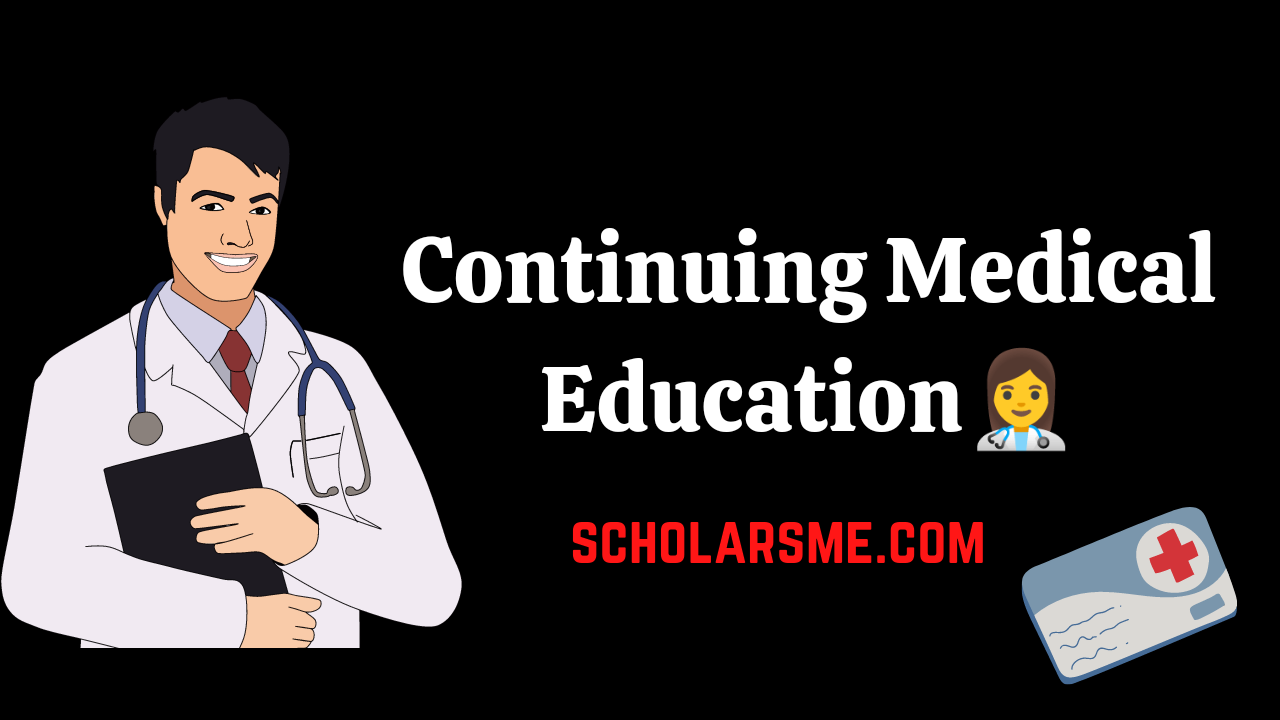Medical Assistant Programs And Administrative Courses

Accreditation of Medical Assisting Programs For private and post-secondary schools, the Commission on Accreditation for Allied Health Education Programs (CAAHEP) is the accrediting organization for medical assisting programs. The body sets standards and requirements of related programs that will prepare students as they prepare for the medical assisting profession.
List of Typical Clinical and Administrative Courses
Programs for accredited medical assisting may have little variation from school to school. Here are some of the courses required by accrediting organizations:
General Courses:
- Physiology
- Anatomy
- Patient Education
- Ethics and Law
- Diseases/Illnesses
Administrative Courses:
- Word processing; written communication
- Update or retrieve electronic health records and electronic medical records
- Encoding and filing of insurance claims
- Handling account billing and collection
Clinical Courses:
- Prevention of Diseases
- Pharmacology
- Infection/Epidemic Control
- Proper techniques for taking and reading pulse, temperature, blood pressure and respiration
- Assisting Physical Examinations
- Assisting in Minor Surgeries
- Taking Blood Samples
- Laboratory Testing (blood and urine test)
- First Aid, CPR Techniques
Also Read: How Can Medical Graduates and Doctors Practice in the USA?
Credentials
Having credentials is a great advantage for medical assistants. Credentials demonstrate a medical assistant’s expertise and knowledge in the field. Credentials are proof that medical assistants have completed the educational requirements to perform the duties and responsibilities of a professional medical assistant.
The American Association of Medical Assistants (AAMA) provides the Medical Assistant Certification (CMA) credential. Securing a CMA credential is optional and not required. To qualify for a CMA credential, you must graduate from Medical Assistant schools accredited by the Commission Accreditation of Allied Health Education Programs (CAAHEP) or Accrediting Bureau of Health Education Schools (ABHES). The medical assistant program accredited by ABHES should comply with the facility and course requirements, standards, and operations.
If you want to become a Registered Medical Assistant (RMA), you must acquire credentials at the Association of Medical Technologists. Before qualifying for an RMA exam, you should be able to present documentation that you have graduated from an accredited institution or received formal military training, or have to experience as a medical assistant beyond 5 years.
Continuing Education
The AAMA encourages medical assistants to pursue continuing education. This does not have to be in a classroom setting but through seminars, workshops and conventions. The AAMA also provides self-study publications that contain a series of courses medical assistants can complete to receive credit for continuing education.
Members of the AAMA gather to participate in educational meetings on local, state, or national levels. The annual convention is an opportunity for medical assistants to enhance their knowledge and establish networks with fellow medical assistants. This type of continuing education is considered a lifelong process and reinforces your commitment to the profession.
Training and Degree Programs
Training programs for medical assistants are different in design and duration. Many states offer vocational courses on medical assisting. It is available to junior and senior students in public high schools as an option. Community and technical colleges also offer medical assistant training. Vocational programs are also offered to post-high school adults. Degree programs with a one-year duration will lead to a certificate of completion. An associate degree is provided to individuals who have completed 2 years-worth of coursework. The preparation of medical assistants should include a curriculum that should contain 9 subject areas with an internship program of at least 160 hours of experience in practice.
Duties and Responsibilities
The medical assistant is expected to provide clinical, administrative, and general functions that support the physicians’ practice in various healthcare settings. The clinical functions of a medical assistant are an extension of a doctor’s role in performing assessment, evaluation, diagnosis, and treatment of patients. The administrative functions pertain to managing the business side of the medical profession.
Medical assistants are required to regularly engage in patient education. It is a responsibility that ensures patients have understood the instructions relayed by doctors. It is the medical assistant’s job to ensure that the patient complies with the instructions. The medical assistant should be able to explain or demonstrate some specific instruction to help patients understand. The assistant should not expect patients to understand something if they have not received confirmation from the patients themselves.
Medical knowledge including a basic understanding of physiology and anatomy is important for a medical assistant. A basic understanding of these areas will allow the medical assistant to perform diagnostic tests and procedures for treatment as directed by physicians.
What is an Administrative Medical Assistant
What is an Administrative Medical Assistant



